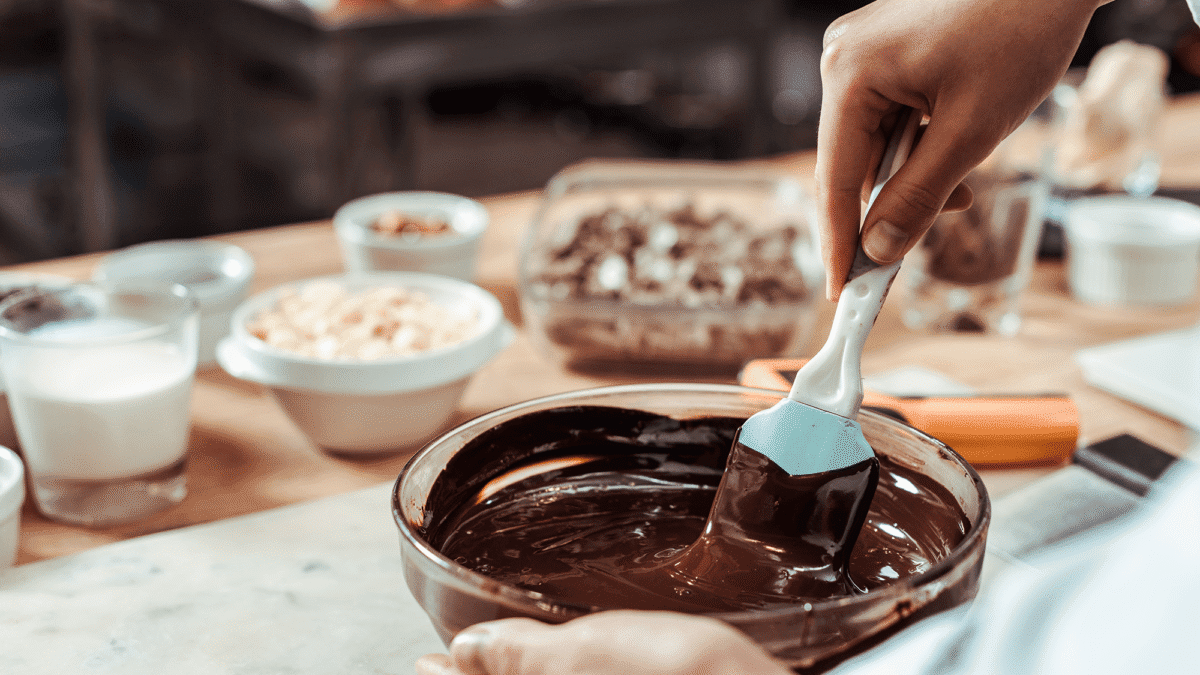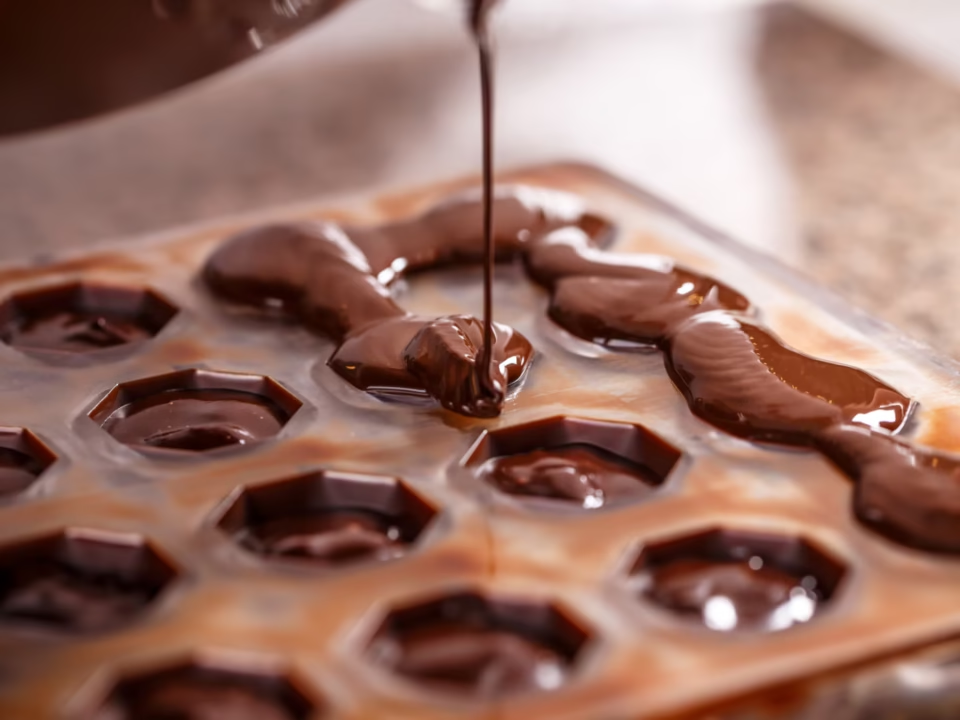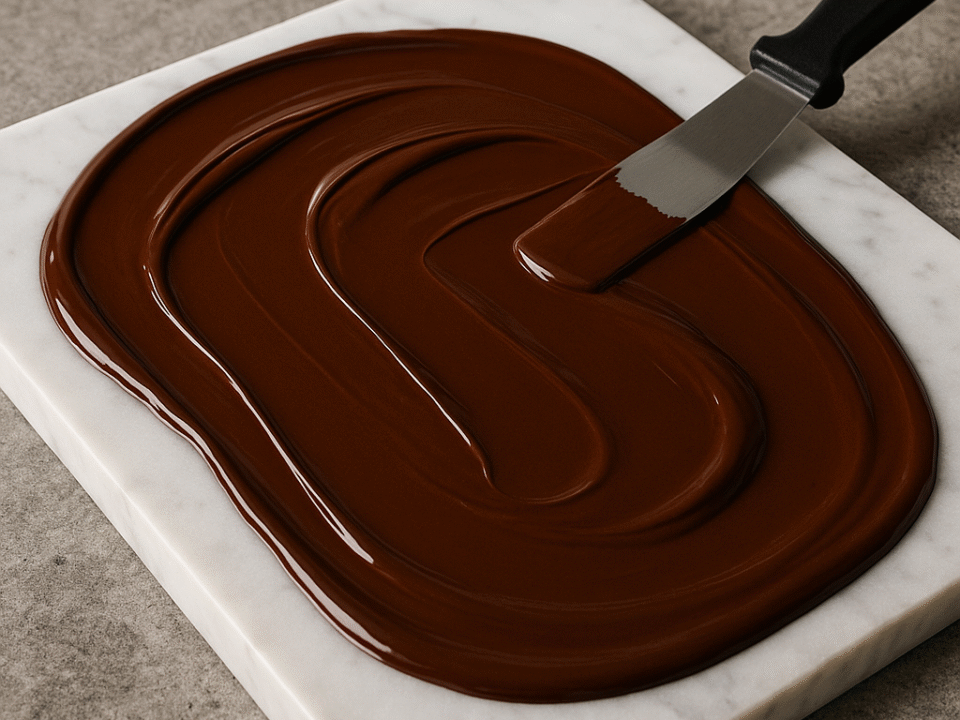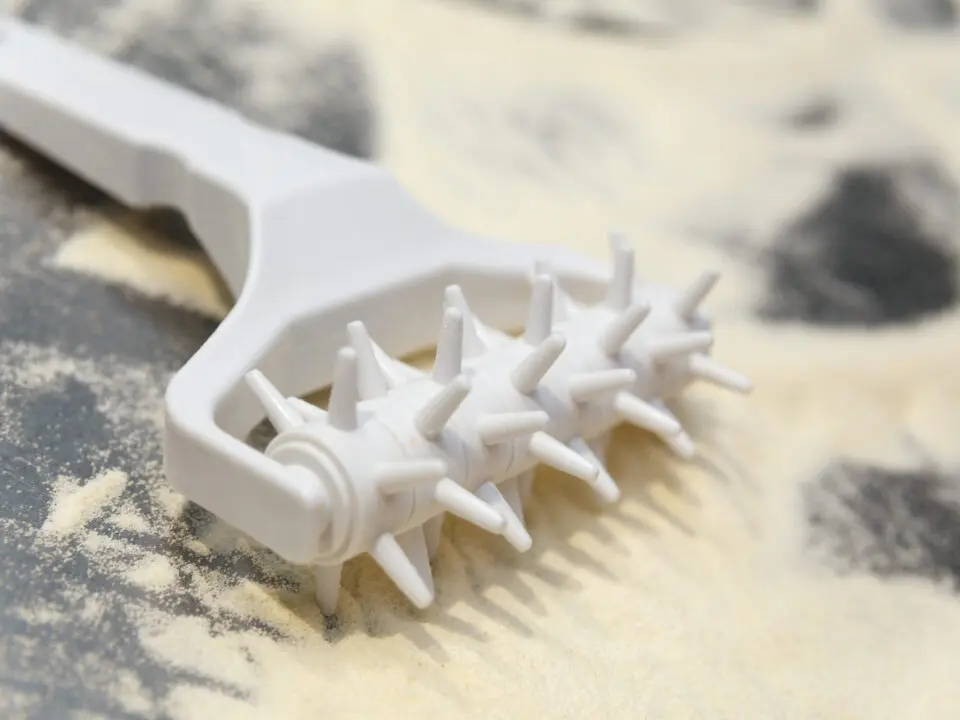
The Éclair
July 9, 2025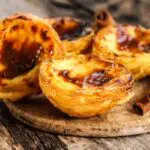
Pastel de Nata
July 15, 2025Essential for Folding, Scraping, and Stirring Without Scratching
If you’re serious about pastry, a good silicone spatula is one of those tools you’ll reach for almost every time you’re in the kitchen. It doesn’t look flashy, it doesn’t cost a fortune—but once you’ve used a well-made one, there’s no going back to the cheap plastic or wooden utensils cluttering your drawer.
Let’s discuss why a heat-resistant silicone spatula deserves a spot in your essential kitchen toolkit, especially if you’re baking with intention and precision.
Why silicone?
Not all spatulas are created equal. Cheap plastic ones melt under heat. Wooden ones splinter or absorb odours. Silicone, on the other hand, handles heat exceptionally well. A good-quality spatula will be heat-resistant up to 250–300°C, which means you can stir a pot of pastry cream or caramel without worrying about it breaking down or leaching chemicals.
And it’s not just about safety—silicone has the flexibility you need for delicate work. It bends just enough to fold air into mousse or scrape every last streak of batter from a bowl, but still holds its shape when you need control.
Folding, scraping, and stirring—the trifecta
In pastry work, small details matter. Overwhip a mousse, and it deflates. Leave too much batter behind, and your bake is off. A silicone spatula makes all these steps cleaner and more precise.
- Folding egg whites or whipped cream into a base requires careful handling. You want to keep the air in while combining evenly. The curved edge of a silicone spatula allows you to sweep around the bowl and through the middle without disturbing the volume of your mix.
- Scraping: If you’ve spent ten minutes tempering chocolate or whisking a sabayon, you don’t want half of it stuck to the sides of your bowl. A silicone spatula hugs the curve of a mixing bowl or saucepan and gets nearly everything out. That’s not just efficient—it’s respectful to your ingredients.
- Stirring: Whether you’re working with custards, curds, or ganaches, a silicone spatula provides a gentle yet thorough way to keep ingredients moving and prevent sticking or scorching. And it won’t scratch your pans, especially non-stick or enamelled ones.
What to look for in a good one
Not all silicone spatulas are equal. Here’s what I look for:
- One-piece construction: Opt for models with a single, seamless design—those with separate handles and heads tend to trap water and food, making them difficult to clean.
- A slightly firm core: You want some bend, but not too much flop.
- Tapered edges: A well-defined edge helps you navigate corners and along the sides of bowls and pots.
- Heat resistance: Check the rating—it should comfortably handle temperatures of at least 250 °C.
You don’t need a drawer full of them, but having two or three on hand—ideally different sizes—is useful. Keep one just for chocolate or sugar work if you like to be fussy (I do).
A great spatula won’t make or break a recipe, but it will make everything feel more straightforward and more precise. It’s one of those quiet kitchen tools that supports every stage of the process—from prepping to plating—and you’ll miss it as soon as it’s in the sink.
In professional kitchens, they’re a non-negotiable. In your home kitchen, if you’re looking to elevate your pastry game, make sure a high-quality, heatproof silicone spatula is within arm’s reach. Trust me—you’ll use it more than almost anything else.
